9+ Professional Email Writing Examples to Download
Professional email writing is essential for clear and effective communication in today’s digital workplace. Using simple language and a structured format, it ensures your message is understood while building credibility and trust with colleagues and clients. Whether you’re sending a quick update or a detailed proposal, mastering professional email writing can significantly enhance your career communication and make a lasting positive impression.
What is Professional Email Writing?

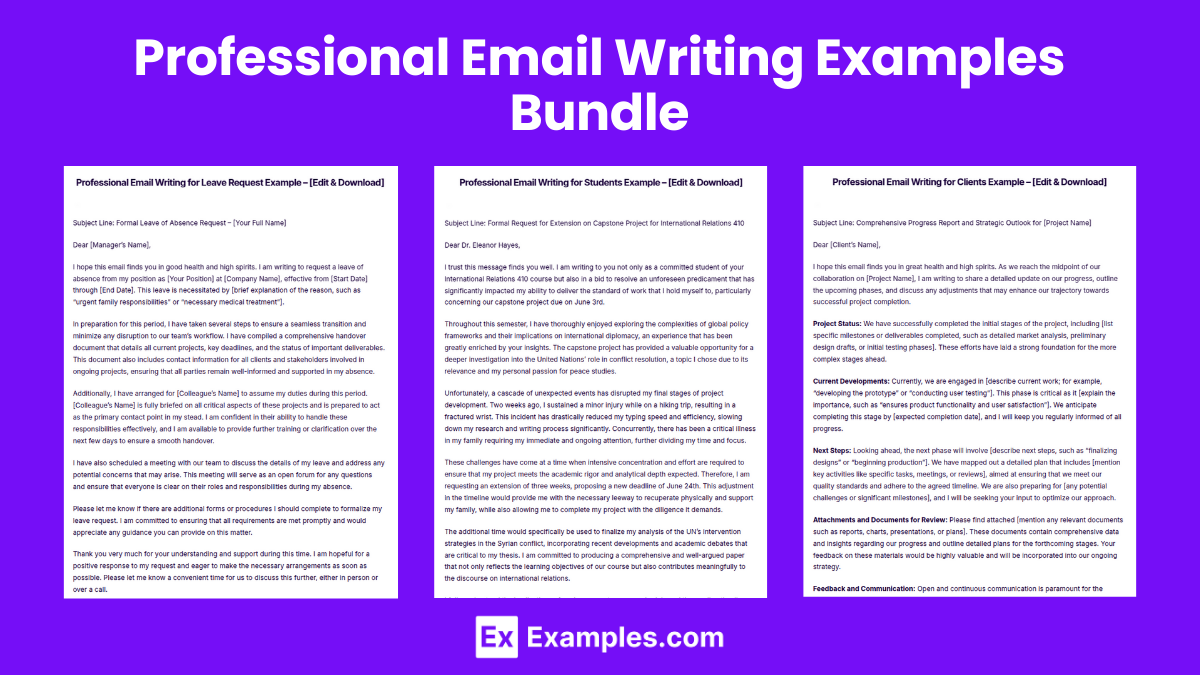
Professional Email Writing Examples Bundle
Professional Email Writing Format
Subject Line
Clearly state the purpose of the email in a few words.
Greeting
Use a polite and appropriate salutation like “Dear [Name]” or “Hello [Team/Department].”
Introduction
Briefly introduce the purpose of your email in the first few sentences.
Body
Divide the main content into organized paragraphs, each focusing on a specific point.
Conclusion
Sum up your email with a closing remark or call to action.
Sign-Off
End with a polite sign-off such as “Best regards” or “Sincerely,” followed by your name and contact information.
Professional Email Writing Example
Professional Email Writing Examples
Professional Email Writing for Students
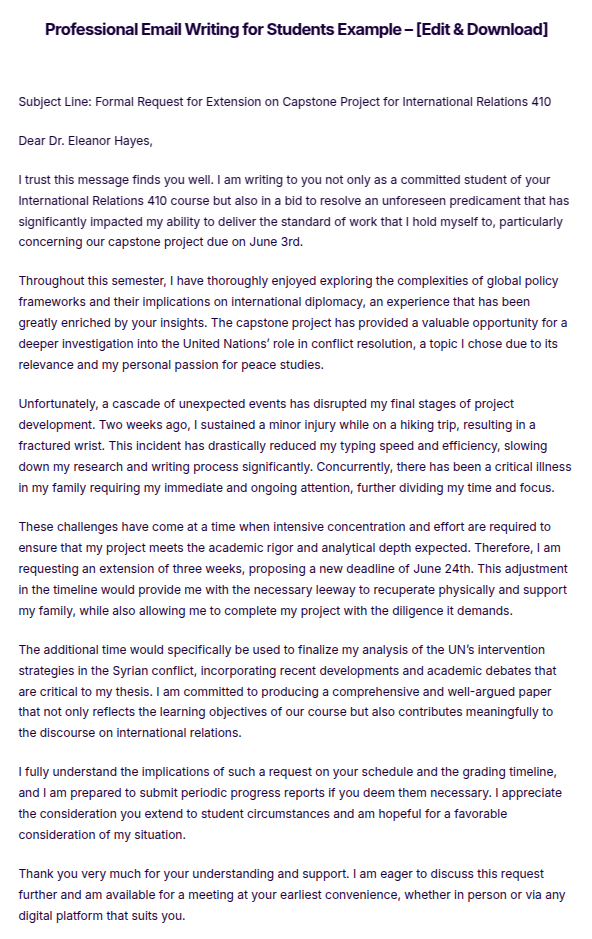
Professional Email Writing for Leave Request
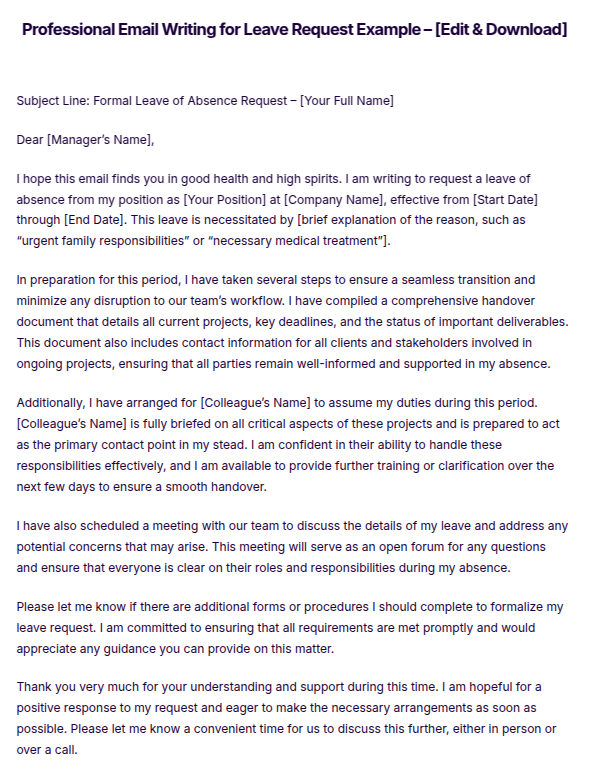
Professional Email Writing for Clients
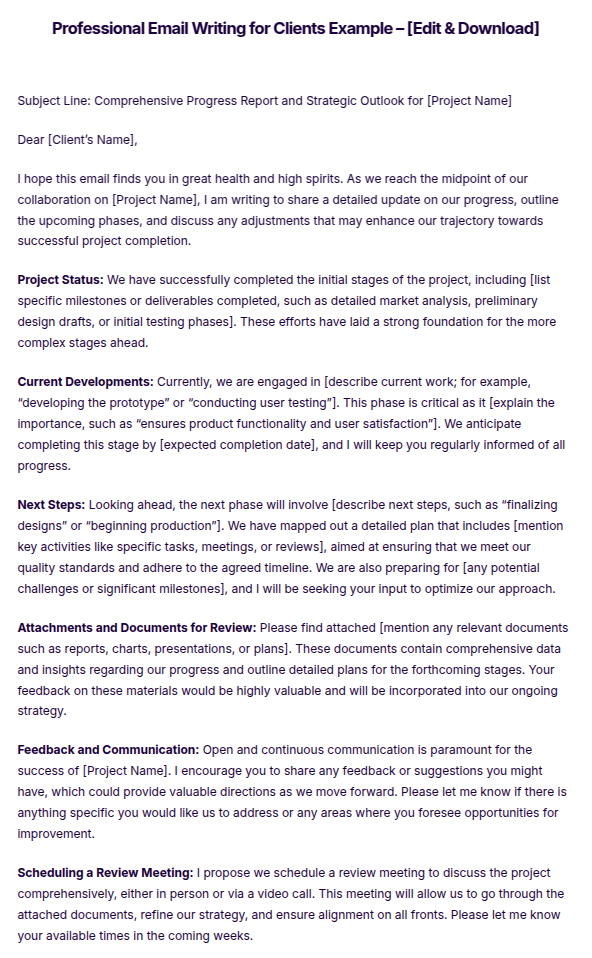
More Examples on Professional Email Writing
- Professional Email Writing for Job Application
- Professional Email Writing for IT Company
- Professional Email Writing for Attachment
- Professional Email Writing for College Students
- Professional Email Writing for Interview
- Professional Email Writing for Employee
Professional Email Writing Samples
Professional Email Writing Example
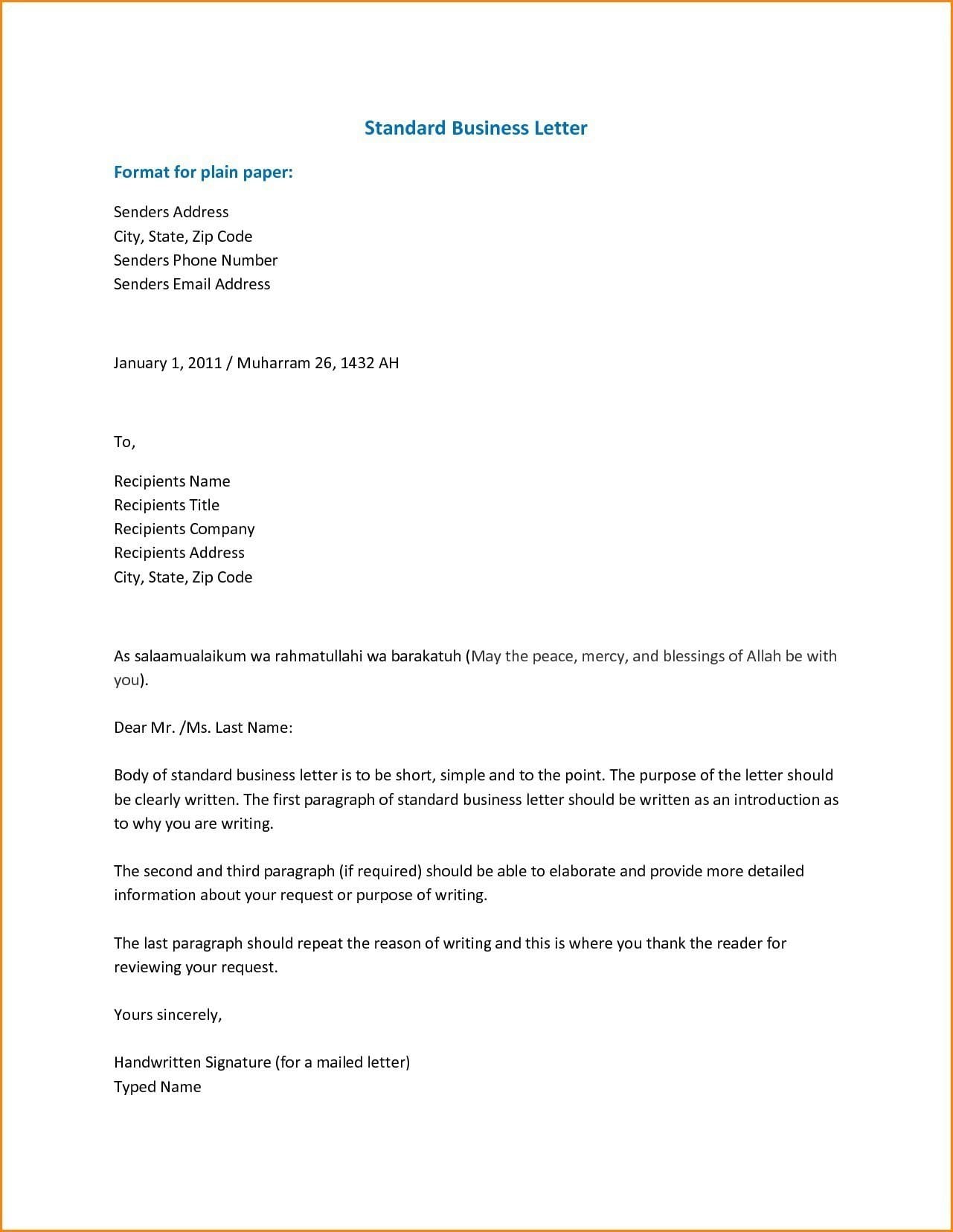
Professional Email Writing for Follow-Up Example
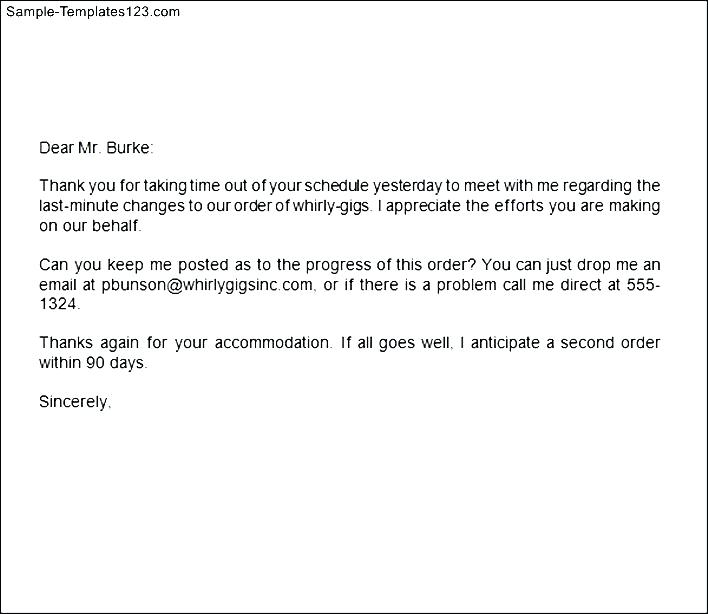
Professional Email Writing for Internship Example
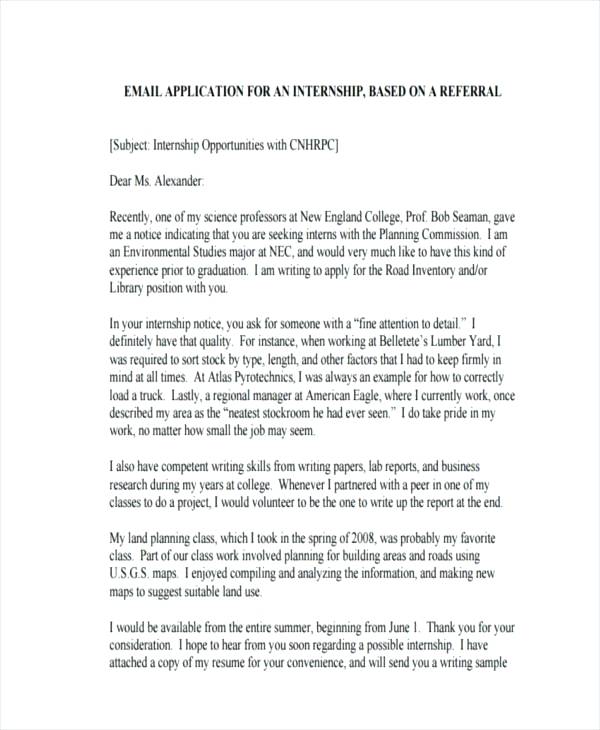
Professional Email Writing Format Example
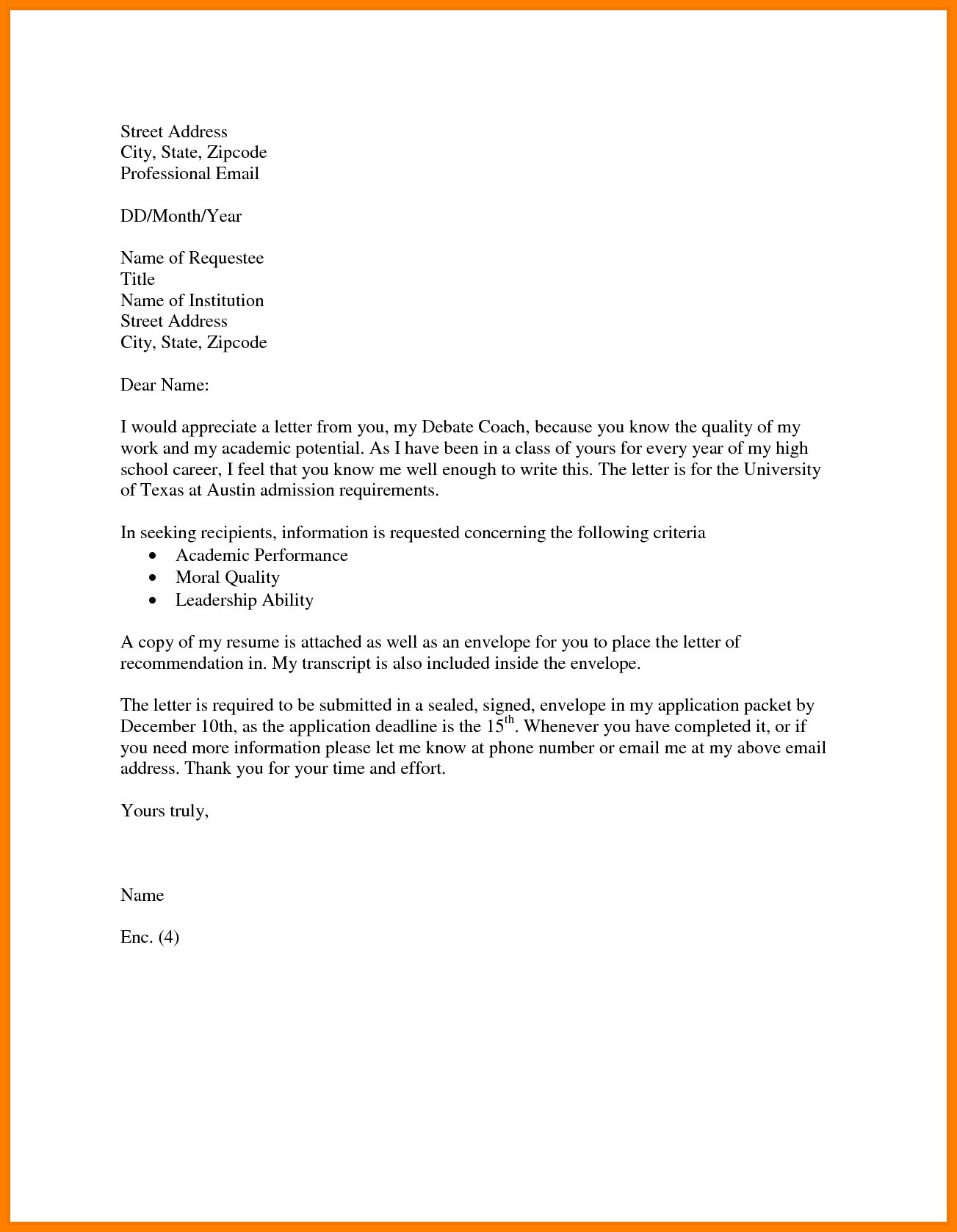
Professional Email Writing for Small Business Example
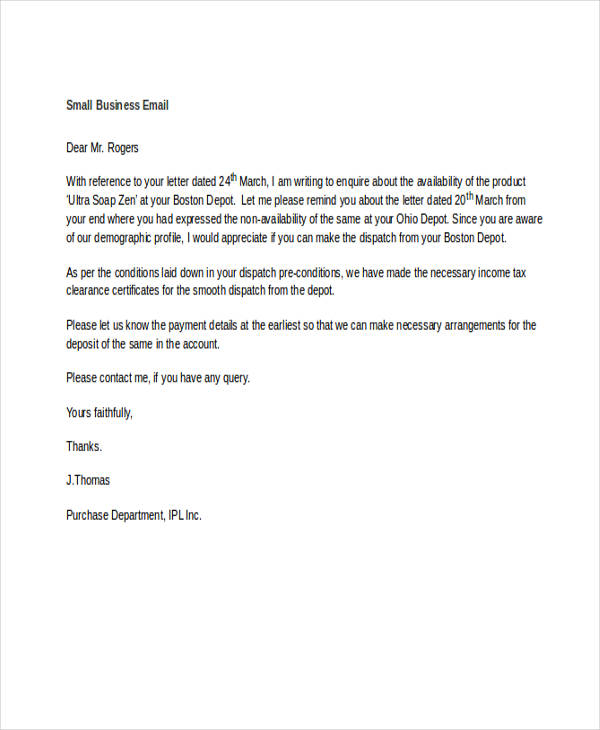
Professional Email Writing Sample
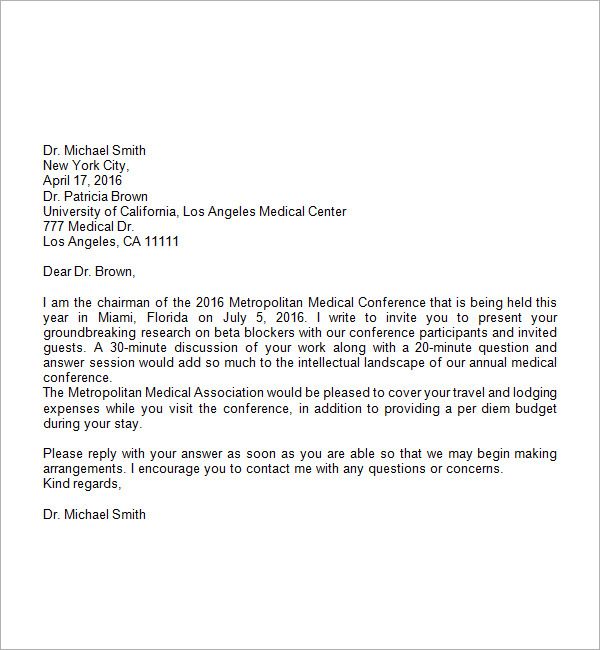
Professional Email Writing Template
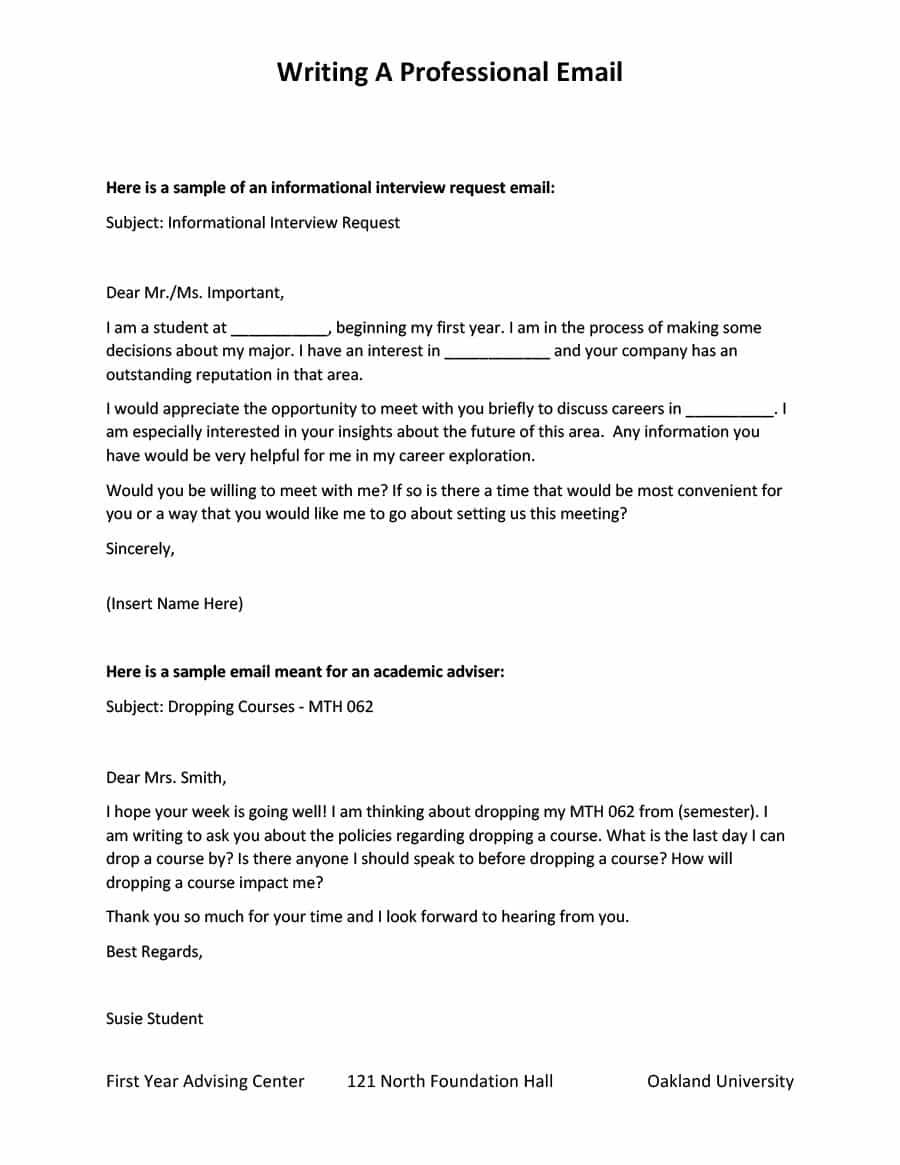
How to Write a Professional Email
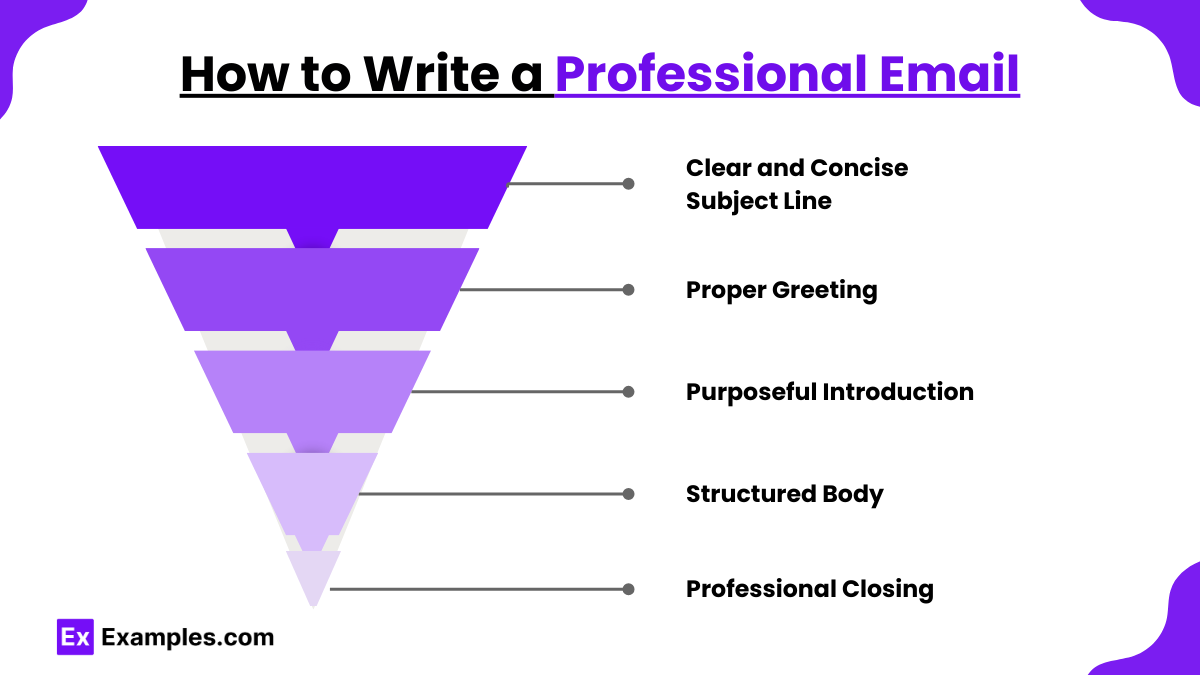
Clear and Concise Subject Line
Start with a subject line that clearly summarizes the purpose of your email. This helps the recipient understand the importance and urgency before opening it.
Proper Greeting
Use a professional salutation such as “Dear [Name],” or “Hello [Team/Department].” If you are unsure of the recipient’s name, “Dear Hiring Manager” or “To Whom It May Concern” are acceptable alternatives.
Purposeful Introduction
Open your email with a brief introduction that states the purpose of your message. Be direct and to the point to respect the recipient’s time.
Structured Body
Organize the body of your email into concise paragraphs. Each paragraph should cover a single topic or point. Use bullet points for clarity when listing items or instructions.
Professional Closing
End your email with a polite closing statement, thanking the recipient for their time, and include a call to action or what you hope to receive in response. Sign off with “Best regards,” “Sincerely,” or another professional closing, followed by your full name and contact information.
The Importance of Professional Email Writing
It’s surprisingly common for business owners and executive managers to encounter unprofessional emails every now and then. Some are not just poorly written, but they also show no signs of courtesy or respect. There’s an alarming number of sloppily written emails floating around our cyberspace. And unless we want our messages to be ignored, or for our very existence to be humiliated in the receiving end, professional email writing is a technique that must be taken seriously.
We send hundreds, even thousands, of personal and formal emails every year for a variety of reasons. In the advent of technology and the Internet, writing and sending emails has become one of our primary means of communication. But like text and chat messages, emails are highly impersonal. If not written properly, a simple message can be interpreted in at least a dozen different ways.
Also, there’s nothing worse than getting an email containing a one-line message. You don’t need to clog up a person’s inbox with an insignificant message, or with those that do not concern them to the very least.
No matter what your purpose for writing is, emails matter. This matters to the people who receive your messages, and this matters to you and your way of expressing your thoughts.
Even more importantly, professional email writing can greatly influence your career path, whether it’s vying for a college internship at a corporate organization or getting a job at a renowned company. To put it simply, professional email writing gives you the opportunity to make a positive impression with future employers. You may also see thank-you email examples.
Tips for Writing Professional Email Writing
- Be Concise and Direct: Keep your email brief and to the point. Avoid unnecessary details that might clutter your main message. Stick to one subject per email to keep the content focused.
- Use Proper Language: Always use professional and polite language. Avoid slang, jargon that the recipient may not understand, and overly casual language. It’s important to maintain a professional tone throughout the email.
- Proofread Your Email: Before sending your email, take the time to proofread it for grammar, spelling, and punctuation errors. This helps to ensure clarity and professionalism. Consider reading the email out loud to catch any awkward phrasing or errors.
- Personalize the Greeting: Address the recipient by name if possible. This not only shows respect but also personalizes your interaction, making the recipient more receptive to your message.
- Include a Clear Call to Action: Be clear about what you are requesting from the recipient. If you need a response, specify the type of response needed and consider giving a deadline.
FAQs
Why is professional email writing important?
Effective professional emails project competence and respect, ensuring clear communication and positive relationships in professional settings.
How long should a professional email be?
A professional email should be brief and to the point, ideally no more than a few short paragraphs.
How do I choose a subject line for a professional email?
Select a subject line that briefly summarizes the email’s purpose, making it clear and relevant to the recipient.
What is the best way to end a professional email?
Close with a polite sign-off such as “Best regards” or “Sincerely,” followed by your name and position, if appropriate.
How often should I follow up on a professional email?
Typically, a follow-up can be sent if there is no response within 48 to 72 hours, depending on the urgency of the matter
9+ Professional Email Writing Examples to Download
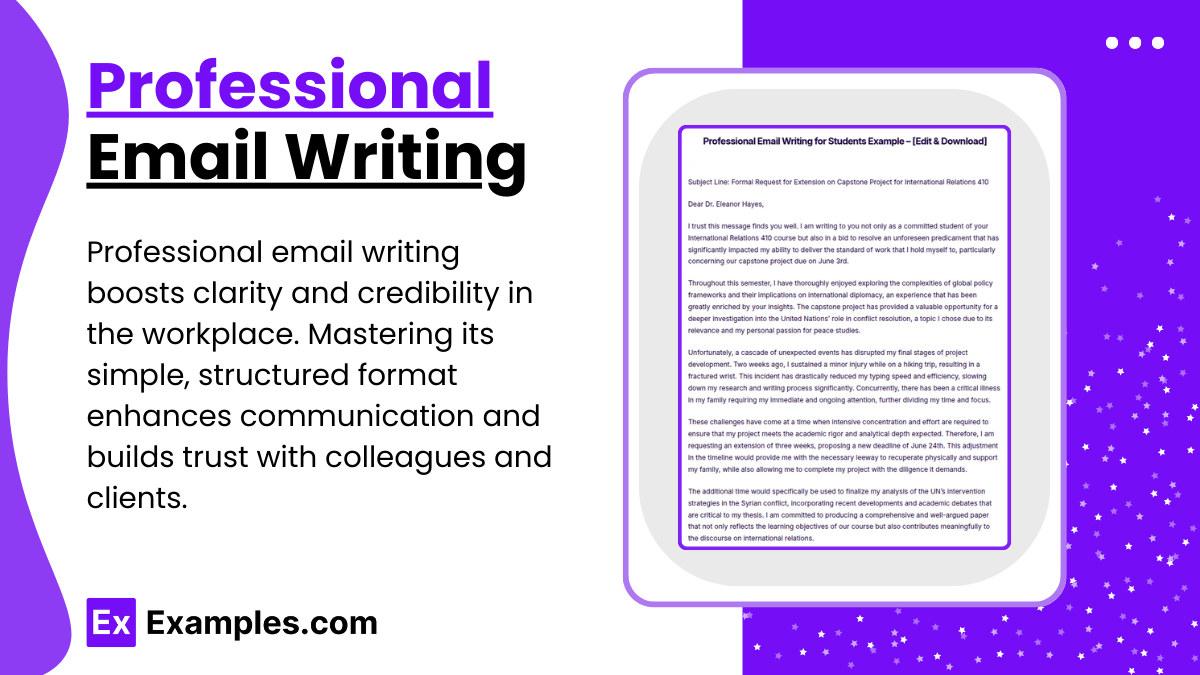
Professional email writing is essential for clear and effective communication in today’s digital workplace. Using simple language and a structured format, it ensures your message is understood while building credibility and trust with colleagues and clients. Whether you’re sending a quick update or a detailed proposal, mastering professional email writing can significantly enhance your career communication and make a lasting positive impression.
What is Professional Email Writing?
Professional email writing is the skill of composing emails in a clear, concise, and formal manner. It involves using appropriate language and format to convey your message effectively and professionally in a workplace setting.
Professional Email Writing Examples Bundle
Professional Email Writing Format
Subject Line
Clearly state the purpose of the email in a few words.
Greeting
Use a polite and appropriate salutation like “Dear [Name]” or “Hello [Team/Department].”
Introduction
Briefly introduce the purpose of your email in the first few sentences.
Body
Divide the main content into organized paragraphs, each focusing on a specific point.
Conclusion
Sum up your email with a closing remark or call to action.
Sign-Off
End with a polite sign-off such as “Best regards” or “Sincerely,” followed by your name and contact information.
Professional Email Writing Example
Subject Line: Request for Meeting Reschedule
Dear Mr. Thompson,
I hope this message finds you well. I am writing to request a rescheduling of our upcoming meeting originally planned for March 9, at 3:00 PM. Due to a scheduling conflict, I would appreciate if we could move our meeting to any available slot you might have on March 10 or 11.
Please let me know your available times and I will do my best to accommodate. I apologize for any inconvenience this may cause and thank you for your understanding.
Looking forward to your reply.
Best regards,
Jane Doe Marketing Coordinator [Contact Information]
Professional Email Writing Examples
Professional Email Writing for Students
Professional Email Writing for Leave Request
Professional Email Writing for Clients
More Examples on Professional Email Writing
Professional Email Writing Samples
Professional Email Writing Example

ns_button size=”md” type=”download” value=”Download” href=”https://images.examples.com/wp-content/uploads/2018/07/Professional-Email-Writing-Example.zip”]
Professional Email Writing for Follow-Up Example

Professional Email Writing for Internship Example

Professional Email Writing Format Example

Professional Email Writing for Small Business Example

Professional Email Writing Sample

Professional Email Writing Template

How to Write a Professional Email
Clear and Concise Subject Line
Start with a subject line that clearly summarizes the purpose of your email. This helps the recipient understand the importance and urgency before opening it.
Proper Greeting
Use a professional salutation such as “Dear [Name],” or “Hello [Team/Department].” If you are unsure of the recipient’s name, “Dear Hiring Manager” or “To Whom It May Concern” are acceptable alternatives.
Purposeful Introduction
Open your email with a brief introduction that states the purpose of your message. Be direct and to the point to respect the recipient’s time.
Structured Body
Organize the body of your email into concise paragraphs. Each paragraph should cover a single topic or point. Use bullet points for clarity when listing items or instructions.
Professional Closing
End your email with a polite closing statement, thanking the recipient for their time, and include a call to action or what you hope to receive in response. Sign off with “Best regards,” “Sincerely,” or another professional closing, followed by your full name and contact information.
The Importance of Professional Email Writing
It’s surprisingly common for business owners and executive managers to encounter unprofessional emails every now and then. Some are not just poorly written, but they also show no signs of courtesy or respect. There’s an alarming number of sloppily written emails floating around our cyberspace. And unless we want our messages to be ignored, or for our very existence to be humiliated in the receiving end, professional email writing is a technique that must be taken seriously.
We send hundreds, even thousands, of personal and formal emails every year for a variety of reasons. In the advent of technology and the Internet, writing and sending emails has become one of our primary means of communication. But like text and chat messages, emails are highly impersonal. If not written properly, a simple message can be interpreted in at least a dozen different ways.
Also, there’s nothing worse than getting an email containing a one-line message. You don’t need to clog up a person’s inbox with an insignificant message, or with those that do not concern them to the very least.
No matter what your purpose for writing is, emails matter. This matters to the people who receive your messages, and this matters to you and your way of expressing your thoughts.
Even more importantly, professional email writing can greatly influence your career path, whether it’s vying for a college internship at a corporate organization or getting a job at a renowned company. To put it simply, professional email writing gives you the opportunity to make a positive impression with future employers. You may also see thank-you email examples.
Tips for Writing Professional Email Writing
Be Concise and Direct: Keep your email brief and to the point. Avoid unnecessary details that might clutter your main message. Stick to one subject per email to keep the content focused.
Use Proper Language: Always use professional and polite language. Avoid slang, jargon that the recipient may not understand, and overly casual language. It’s important to maintain a professional tone throughout the email.
Proofread Your Email: Before sending your email, take the time to proofread it for grammar, spelling, and punctuation errors. This helps to ensure clarity and professionalism. Consider reading the email out loud to catch any awkward phrasing or errors.
Personalize the Greeting: Address the recipient by name if possible. This not only shows respect but also personalizes your interaction, making the recipient more receptive to your message.
Include a Clear Call to Action: Be clear about what you are requesting from the recipient. If you need a response, specify the type of response needed and consider giving a deadline.
FAQs
Why is professional email writing important?
Effective professional emails project competence and respect, ensuring clear communication and positive relationships in professional settings.
How long should a professional email be?
A professional email should be brief and to the point, ideally no more than a few short paragraphs.
How do I choose a subject line for a professional email?
Select a subject line that briefly summarizes the email’s purpose, making it clear and relevant to the recipient.
What is the best way to end a professional email?
Close with a polite sign-off such as “Best regards” or “Sincerely,” followed by your name and position, if appropriate.
How often should I follow up on a professional email?
Typically, a follow-up can be sent if there is no response within 48 to 72 hours, depending on the urgency of the matter

